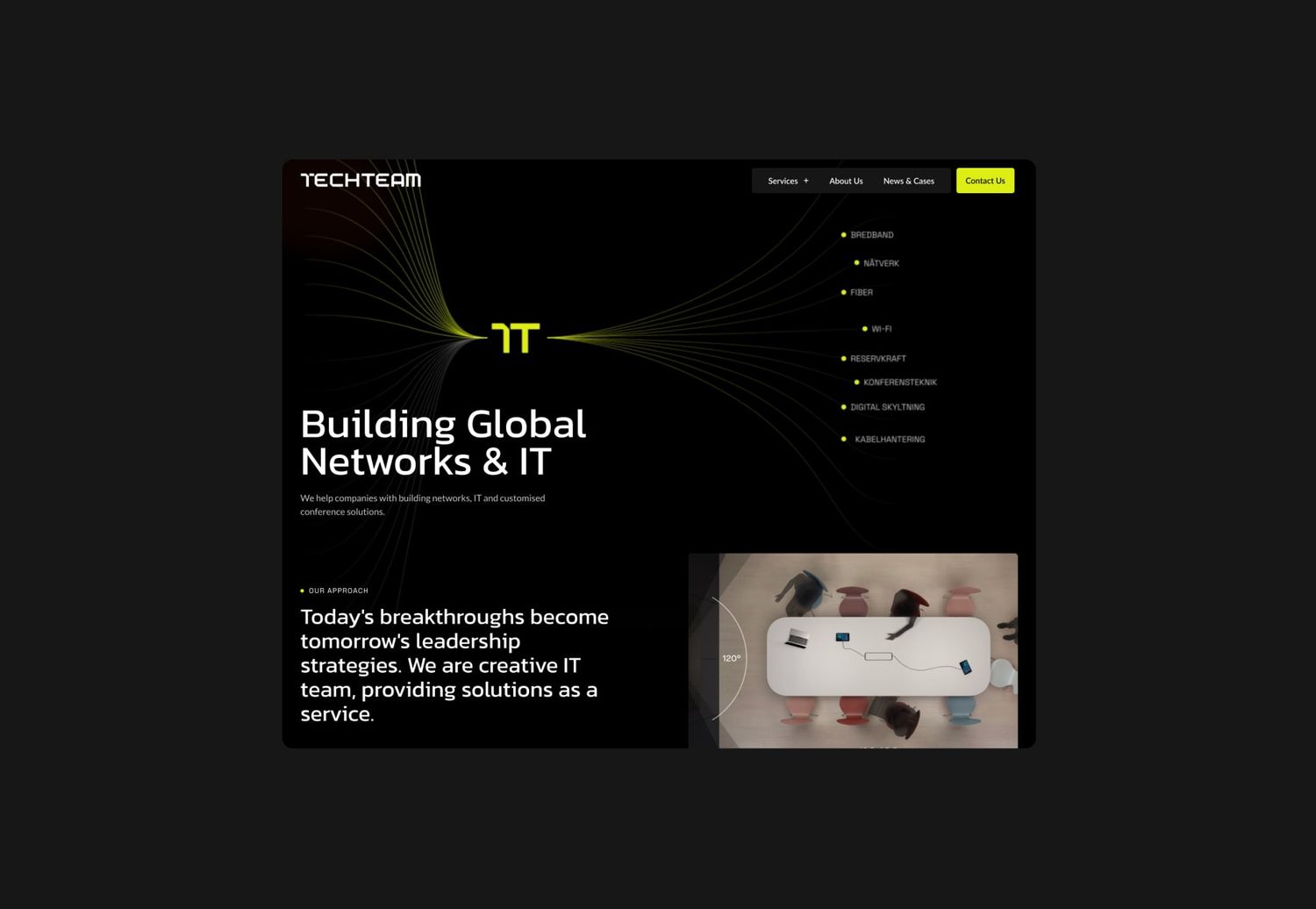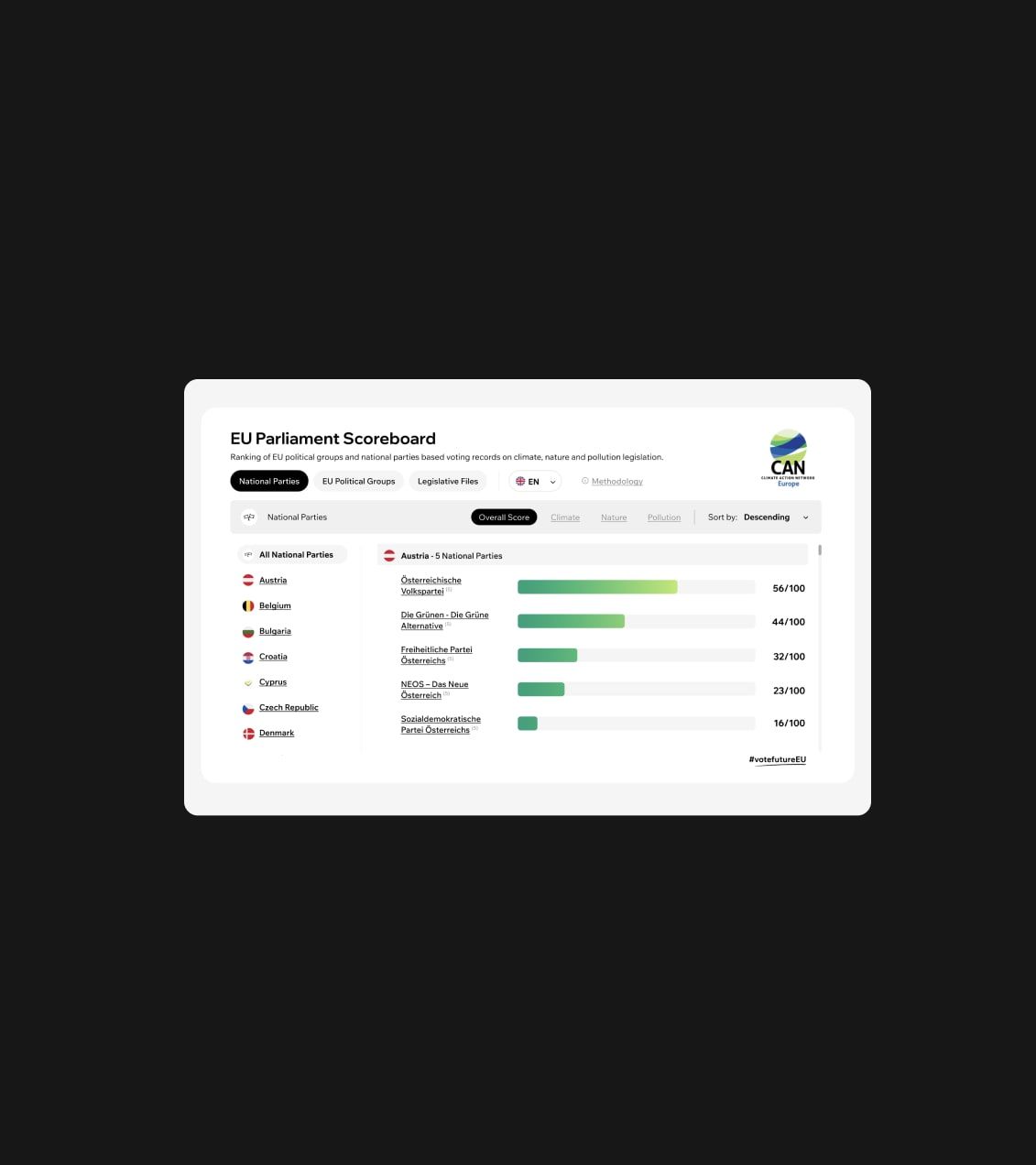
Shopify vs Woocommerce – What to choose?
With many options at their fingertips, creators need to do proper research into the platform they choose to host their site. Not every opportunity will work the same for everyone, so it’s vital to make direct comparisons to maximize the success of an online business.
Take Shopify and WooCommerce, for example. Both platforms allow creators to sell their goods via an online store – but which platform should you choose? In this breakdown, we’ll be comparing the two platforms on three essential categories: cost, ease of use, and customer .
Cost Overview
Cost is a significant part of determining what platform is right for your business. No matter how great the offer, it won’t matter if you can’t afford it.
Shopify
Shopify offers several price levels for their services. The higher the price, the more services you get, which is an excellent option for a growing business. Starting small and simple while having the opportunity to grow within the same platform makes the process much less stressful.
The first tier costs $32 per month. With this first option, customers will receive:
- eCommerce website and blog
- The ability to list unlimited products
- Two staff accounts
- Sales channels
- Up to four locations that can be assigned inventory
- Manual order creation
- Discount codes
- Free SSL certificate
- Gift cards
As the tier prices increase, so do the perks. The second tier costs $92 per month and includes everything that the first tier does, with an increase to five staff accounts and features like professional reports.
The third and most expensive tier costs $399 per month. This tier offers everything that the other two do, with an increase to fifteen staff accounts and other impressive features that include an advanced report builder and third-party calculated shipping rates.
It’s also essential to note that if a customer is still unsure, Shopify offers a 90 day free trial with no credit card required at signup. This way, customers can see all that Shopify has to offer in action before making a final decision.
But if you require more customisation and flexibility, then you need to purchase Shopify Plus, which starts from … $2,000 which is a bit crazy.
WooCommerce
When it comes to WooCommerce, the pricing is not at all straightforward or even easy to understand. This confusion is because WooCommerce itself is free – it’s an open-source software plugin. However, there are other things like hosting, a domain name, the cost of a theme, an SSL certificate, and additional extensions necessary for making an online store that WooCommerce hasn’t clearly explained.
Because of this, the pricing isn’t straightforward. Take hosting, for example. This feature isn’t part of WooCommerce, so you will need to obtain it through a third party. The cost of this route could be anything from $5 to $100 per month. The same applies to the SSL certificate, which also would need to go come from a third party and could cost up to $100 per year.
Ease of Use
Being able to navigate and access your chosen platform easily is also vital. Investing your time and money into a platform is no good if it’s too difficult to manage, and convenience is one of those things for which people often choose to pay extra.
Shopify

Screenshot is taken from official Shopify website
Shopify operates as a subscription-based service, which means that everything is in one place and is easy to access. All you have to do is visit the website and click the “signup” button. From there, Shopify will guide you through a setup wizard. You don’t need any site building experience to start, and if you encounter any issues, there is always the option to reach out to customer service.
Shopify’s interface is also easy to navigate. Once you’ve logged in and completed the setup wizard, any option you need – ranging from creating new products to examining your analytics – will be on the main dashboard.
It is also possible to customise your store, but you have to hire experienced Shopify development agency to do this for you.
WooCommerce

Screenshot is taken from official WooCommerce website
Unlike Shopify, WooCommerce exists only as a WordPress plugin and not a subscription service. The day-to-day work between the two platforms might look similar, but the main difference is between the setups. Before starting with WooCommerce, creators will need to do the following themselves:
- Obtain and pay for a domain name
- Sign up for a hosting account
- Install WordPress
- Install the WooCommerce plugin
- Find and install a theme
- Hire WooCommerce development team
If you’re familiar with web-related things, this plugin might be the most straightforward option for you. No need to pay someone to do something you could do on your own, right? So, while not the most convenient option, it may not matter to some.
Customer Support
Shopify
Shopify boasts a very high quality of customer care. With every subscription level comes access to this customer service 24/7, with the option to call, chat, or email.
Besides this customer care that will help with day-to-day questions or technical issues, Shopify also offers options to enlist specialty help for things like marketing or SEO.
WooCommerce
Because WooCommerce is a plugin powered through WordPress, their customer support comes from WordPress forums. Customers can reach out through their free user account. The internet itself is another useful resource for anyone troubleshooting with WooCommerce; just about any issue you encounter has a blog post dedicated to it.
While the help and the answers exist, if you need assistance with WooCommerce, it requires research on your part and is not as direct as Shopify’s options.
Final Thoughts
All in all, both Shopify and WooCommerce offer customers the ability to create an online shopping platform. Shopify is a more encompassing service, offering more in-depth features and perks like 24/7 customer service. At the same time, WooCommerce is the option for someone with web experience who prefers a more simplistic approach.
Article Updated: 29 March 2023










